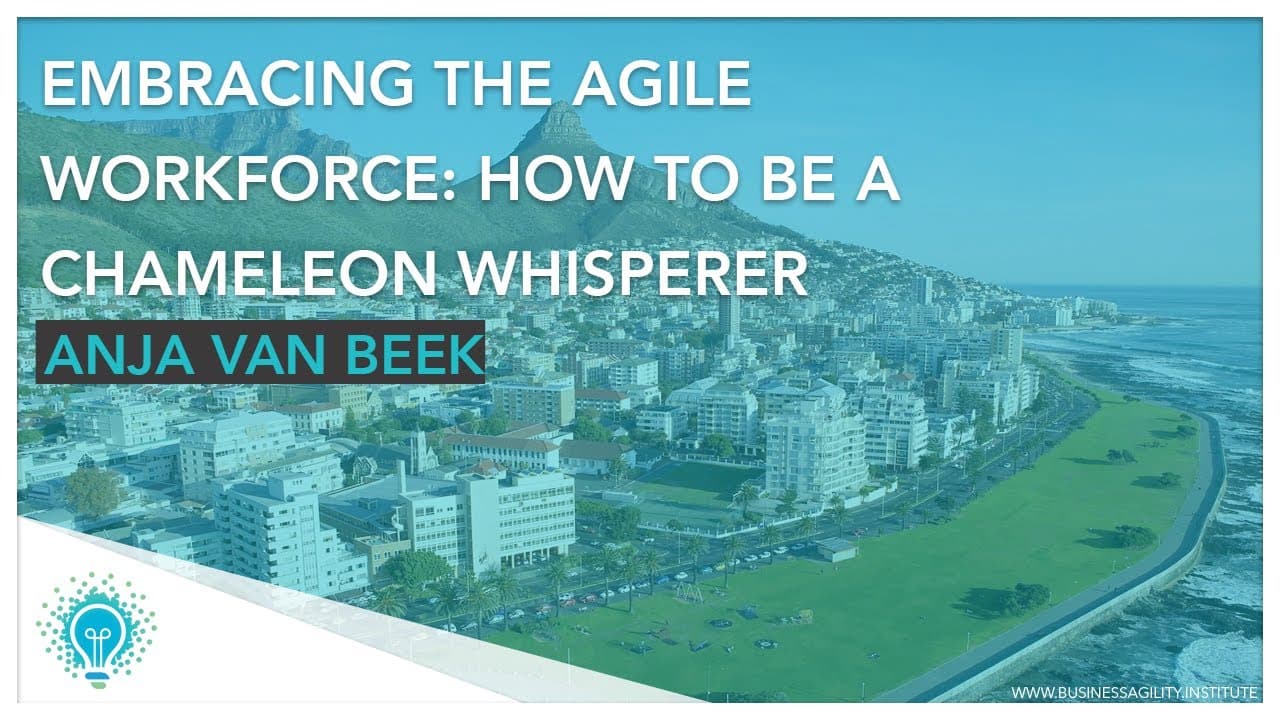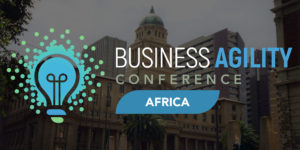It's lovely to be here, and I appreciate the opportunity to speak with you today. My talk is all about preparing for the agile workforce and how to become a "chameleon whisperer." Before we dive in, I’d like to introduce my beautiful family. I’m a proud mother of four teenagers, and the reason I’m sharing this is because it ties into my role in facilitating and certifying HR and talent workshops for ICAgile in South Africa. My focus today is to share what we’ve learned over the past 18 months to two years since rolling out these workshops.
Would You Recommend Your Workplace?
Before we proceed, I’d like you to take a moment to reflect on something Steven mentioned yesterday. Imagine you’re at a social gathering, perhaps a South African braai, and someone asks you about your workplace. Would you recommend your company as a great place to work? Turn to the person next to you and share your thoughts in two minutes.
Thank you. You can wrap up your conversations and take a seat.
The reason I asked this question is that it directly relates to the Employee Net Promoter Score (eNPS). A recent survey by The Human Edge, which surveyed about 20,000 South Africans, found that only 24% of respondents would actually recommend their company as a place to work. That is a concerning statistic, especially when we consider the transition curve that organizations undergo when becoming more agile. This brings us to the concept of the chameleon worker.
What is a Chameleon Worker?
The term "chameleon worker" was coined by Accenture in 2016. It refers to individuals who are tech-savvy, quick learners, and adaptable to change. As leaders and managers, we must ask ourselves: How do we connect with these chameleons in our businesses? Are we chameleons ourselves? Can we quickly adapt, learn, and embrace change?
Three fascinating things about chameleons:
- They change colors in just 20 seconds. Contrary to popular belief, they don’t do this for camouflage but rather to communicate.
- They have 360-degree vision, with each eye able to look in different directions, allowing them to focus on multiple perspectives simultaneously.
- They adapt to their environment for survival, much like agile workers must adjust to their ever-changing workplaces.
The Relevance to Agile Workplaces
How does this relate to the agile workforce? Let’s explore some key HR trends shaping the future of work:
- Human-Centric Focus: Employee experience and personalization are becoming essential.
- Well-being: Burnout is a serious concern, with surveys showing that 67% of employees are on the brink of burnout.
- Teams and Communities: The shift toward team-oriented work, diversity, and inclusion is crucial for innovation.
- Gig Economy: Contract work and flexible employment models are growing rapidly.
- Reskilling: Future jobs may not exist today, making continuous learning and adaptability essential.
The Three C’s of a Chameleon Whisperer
To become a chameleon whisperer, remember the three C’s:
1. Connection
To connect effectively, we must rethink how we engage with individuals, teams, and organizations. One-size-fits-all approaches don’t work. An example is a company that designed a well-thought-out performance management system but failed to involve the R&D team in the process. The result? Missed deadlines and disengagement. This highlights the importance of co-creating solutions with the business rather than imposing best practices from elsewhere.
As one HR leader put it, "Fairness is not necessarily sameness." True human-centricity means recognizing individual employee value propositions rather than enforcing uniform policies.
2. Currency
Psychological safety is critical. Skilled individuals often refrain from speaking up due to fear of repercussions. This is known as "skilled incompetence," where highly competent individuals remain silent despite knowing that certain plans won’t work.
Dr. Amy Edmondson from Harvard defines psychological safety as the shared belief that a team is safe for interpersonal risk-taking. Brené Brown further emphasizes that people must feel seen and heard to innovate and solve problems. Organizations must foster an environment that encourages cognitive empathy—putting oneself in another's shoes—to drive meaningful change.
3. Curiosity
Curiosity drives continuous learning and adaptability. Organizations must foster a growth mindset by encouraging learning in the flow of work rather than relying solely on formal training programs.
Managers play a crucial role in creating learning moments. Resilience is also key. We must take care of ourselves to prevent burnout, as shown in the resilience framework:
- Foundational Drivers: Exercise, sleep, and mental clarity.
- Emotional Drivers: Self-leadership, emotional intelligence, and stress management.
- Higher-Order Drivers: Innovation, problem-solving, and adaptability.
Final Thoughts
In conclusion, if you want to become a chameleon whisperer:
- Focus on connection—co-create with your teams and recognize individual needs.
- Understand your currency—build psychological safety and foster an open environment.
- Embrace curiosity—promote continuous learning and adaptability.
Thank you so much for your time!





